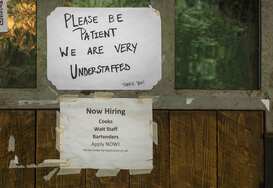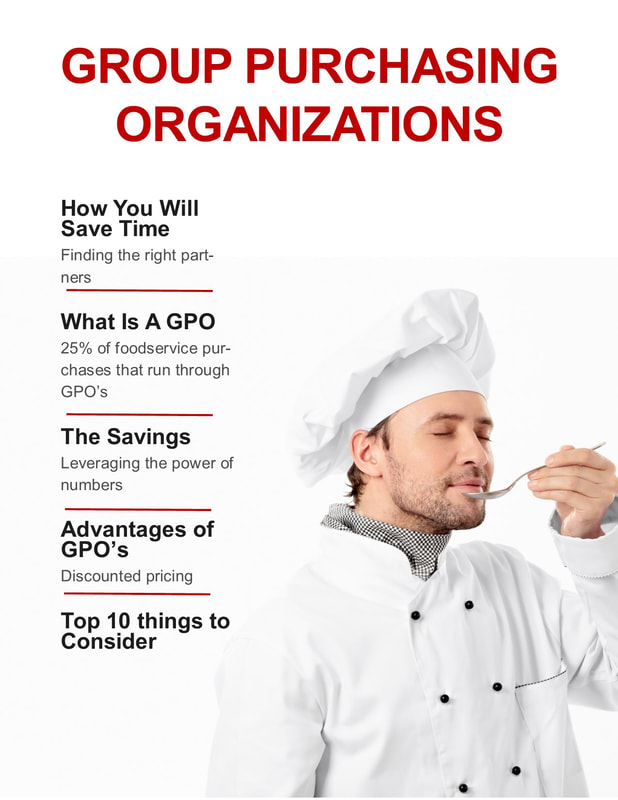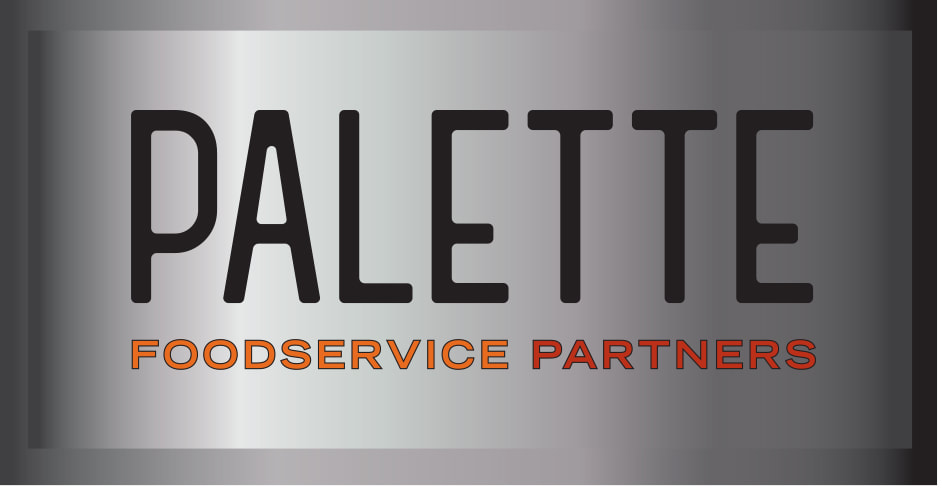 The past few years have marked an uptick in the presence of the “quiet quitter” — the employee who reports to work but isn’t engaged in their responsibilities, does the minimum required, and is simply waiting for the moment when they can move on. Gallup says quiet quitters comprise half of the U.S. workforce. According to a recent report from Fortune magazine, there is even a difficult subset of quiet quitters known for “resenteeism” — yet another signal of the times that refers to quiet quitters who resent having to remain in their role and then spread that low morale on to other team members. You likely have some quiet quitters on your staff, and while they can pose problems across sectors, they are dangerous to keep on a restaurant team because their behaviors can result in illness to staff and guests, injury, food contamination, or simply a surprise skeleton crew because they miss a shift without providing sufficient notice. But most employees don’t tend to start their jobs with this mindset, so there are steps you can take to minimize the chances of losing responsible staff in this way (and cultivating some valuable talent on staff in the process). Provide regular training that meshes with agreed-upon job responsibilities. Offer structure to the role, opportunities to learn on the job, and recognition and rewards for good performance. Communicate openly and give staff a sounding board for telling you how things are going. Have a non-punitive culture where staff feel they can ask questions openly and won’t be punished for making a mistake. You won’t be able to keep everyone, but you may improve your chances of turning a quiet quitter into a motivated employee.  Labor needs have been soaring at restaurants, but you wouldn’t know it by looking at enrollment in culinary schools. According to a recent Washington Post report, the Culinary Institute of America now accepts 97 percent of all who apply, up from 36 percent two decades ago. Over the same time frame, the percentage of students who ended up enrolling dropped from 91 percent to 33 percent. To be sure, the low pay in the sector relative to the cost of culinary education, the strains of the pandemic on the industry, and increased prioritization of flexible work schedules, paid sick leave and health insurance haven’t helped those results. The industry’s labor challenges are expected to persist: The Bureau of Labor Statistics projects that the need for chefs will climb 25 percent from 2020 to 2030 as compared to an 8 percent average projected growth rate for all occupations. All that said, there is a silver lining for those looking to enter the industry – and for restaurants looking for motivated staff. The current conditions may provide aspiring chefs with the opportunity to get on a faster track to higher-level positions in the industry. One restaurant manager quoted in the Post report said jobs that once required a person to pay their dues over 10 years or more might now be achievable within three to five years. Candidates for these jobs may not come from the country’s top culinary schools but from high school culinary programs or other alternative programs that give students a taste of restaurant work and may spark some motivation for developing a career in the industry. Restaurant operators may have to mine for talent in new places and develop more in-depth training programs that provide education on the job in exchange for work provided. But at the same time, these efforts may also help transform how restaurant employment is perceived by the workforce, elevating restaurants as places in which a person can build a long-term career.  Labor – specifically, the recruitment and retention of staff – is among the top challenges restaurant operators say they are facing this year, according to recent surveys from the National Restaurant Association. The pandemic has amplified operators’ need for staff and also increased already-high quit rates in the industry. But on the positive side, it has also motivated many foodservice brands across the industry to creatively transform restaurant jobs into longterm careers. Two executives from Los Angeles-based Everytable landed on Nation’s Restaurant News’ 2022 Power List for developing a program to do just that – and it reflects Everytable’s values to make healthy food more available in food deserts. In a recent webinar with Nation’s Restaurant News, Everytable’s Christine Hasircoglu and Bryce Fluellen discussed the company’s new social equity franchising program, which includes elements that other brands might repurpose. They said that while women and minority groups are often the people working on the front lines of restaurants, their numbers dwindle at higher levels of restaurant leadership. Everytable set out to create new paths for leadership and ownership at their company by committing to hiring and promoting staff from within their company and their community – and also making franchise ownership a more achievable goal for these staff. To do so, Everytable partnered with philanthropic organizations to develop a program that guides candidates through a year-long, paid apprenticeship. It includes management and leadership courses, assessments and a final interview that, if successful, culminates in a franchise agreement for the person – and the seeds of a longer-term career in the industry. There are no up-front costs for the person upon the opening of the franchise (access to capital is often a major barrier to franchise ownership for marginalized groups), and the person signs an agreement to repay costs over a five-year period.  In a recent legislative update from Washington, Sean Kennedy, the National Restaurant Association’s executive vice president of public affairs, said the restaurant industry had lost 45,000 jobs at the end of August. Further, new vaccine and testing mandates at businesses with a certain threshold of employees on staff could also make already-challenging staffing conditions even more difficult. To be sure, this is not exactly the Covid-19 recovery that restaurant operators had in mind – but there are efforts underway to try and change that. Industry advocates are urging lawmakers to continue to replenish the Restaurant Revitalization Fund (RRF), though Kennedy says it appears that members of Congress don’t want to add any Covid-recovery measures to the $3.5 trillion infrastructure spending plan in process, which is focused largely on climate initiatives, paid leave, childcare, education and healthcare. Because funding the spending plan will impact businesses in the restaurant industry, however, Kennedy is urging operators to add their names to Restaurants Act, a grassroots organization for the restaurant industry that is looking to generate broad support from the restaurant industry in order to urge lawmakers to continue to fund the Restaurant Revitalization Fund. (The fund closed to new applicants in May and according to a recent announcement from the Independent Restaurant Coalition, 82 percent of independent restaurants are concerned they may close permanently if the fund is not replenished.) You can join or learn more about the effort to refill the fund at Restaurantsact.com. As restaurants reopen again in a big way, they are facing yet another unprecedented challenge, though one that probably would have been welcome last spring: having to hire new staff to handle a steep rise in business at the same time as all of the other restaurants in the area. Not only are restaurants having to make themselves appealing to customers beginning to venture out again right now, but they are also having to put their best foot forward for potential foodservice employees who can have their pick of employers. As a recent New York Times report suggests, at a time when an extra dollar or two could mean the difference between attracting an employee and not, it’s important to understand what your competitors are paying. Is there room for you to partner with other restaurants in your area to exchange ideas, share staff or pool resources that could drive interest in your businesses? Consider paying referral bonuses to existing employees who recommend another staff member once that person has been on your team for a set period of time. Take another look at your needs – could you hire someone inexperienced but eager and train them instead of holding out for a more experienced person who meets a longer list of criteria? Also assess the benefits (financial and non) that you’re able to offer, from meals to career development opportunities to loyalty bonuses for employees who stick with you for a while.
You may have decided by now that you don’t need to hire new hosts or waitstaff as you prepare your restaurant for post-pandemic service – but what about staff whose expertise is in technology? A recent report from Hospitality Tech references the southeastern U.S. restaurant brand Sonny’s BBQ, which relies on the skills of two full-time, highly skilled data analysts. These analysts synthesize industry data, sales and profits, marketing statistics and other data to develop and fine-tune strategies for data analytics, customer relationship management and personalized guest experiences. Strengthening your business and brand in these difficult times is about harnessing information – about elements ranging from your market and customers to each item and promotion on your menu. That may require you to rethink how you manage your business and what expertise you need most. Doing so can help prepare your business for future bumps – and bring some needed predictability to your business in 2021.
Restaurant businesses have required some radical reinvention in 2020. Everything ranging from menus to service models to hours has required some assessment and adjustment – often with little advance notice. The same may be true of your staffing plan. As we approach the winter months – and the added challenge of flu season – labor is yet another wild card restaurant operators must be able to manage. Now and in the longer term, it will help you to find way to accomplish more (e.g. orders and prep tasks) with less (e.g. workers and kitchen space). If you had to operate with a skeleton crew today, what would it look like? How many staff would you need to accept and prepare delivery orders? What technology or systems could be made more efficient? Has COVID-19 made any new staffing positions necessary or existing positions obsolete? To what extent have you cross-trained staff to help with kitchen, customer service, delivery or even back-office tasks in specific cases? Could you automate any tasks that people currently oversee? Before you need it, fine-tune your crisis management strategy with an updated staffing plan – and test it to determine where it works well and where it needs further adjustment. While this year has been full of challenges, it has also rewarded operators who have been able to pivot to new ways of working. The steps you take now can help you minimize the hurdles you may face in the months ahead.
Even restaurant operators with the best of intentions struggle when it comes to building and maintaining a healthy, supportive employee culture. Will COVID-19 change that? While it may seem like an impossible time for restaurants to invest in better pay and benefits for staff, some believe the current climate will create a bigger opportunity for operators who already have the building blocks of a strong team culture in place – and create yet another obstacle for those who don’t. For instance, restaurants with a strong existing employee culture have not had difficulty rehiring staff – even at a time when many workers are not seeing the benefit of coming off of unemployment. In a Forbes report, owner of the Cincinnati restaurant MashedRoots said, “I think it has become apparent that the way the industry is structured does not create healthy, stable work environments that are able to absorb disruptions and quickly adapt to changes.” As a result, he is changing the way he runs his business and develops staff. Has the pandemic brought to light any aspects of your restaurant culture that, with some adjustments, could fortify your business to survive challenges in the long term?
The need for many U.S. states to revert to tightening safety procedures due to rising COVID-19 infection rates has added yet another challenge to the list of obstacles restaurant operators are managing right now: How to manage fluctuating labor needs. At a time when many operators were rehiring – both to meet consumer demand and the requirements of the Paycheck Protection Program – the closure of dining rooms and renewed consumer wariness about the safety of eating out have made it necessary for operators to pull back on hiring once again. It raises the question of how restaurant operators and the industry overall can hang on to their top talent. Your practices around employee engagement and development can help you differentiate yourself. Focus on relationships. The co-owners of the a Baltimore based restaurant group told Restaurant Dive that during the temporary closure of 14 of its 15 restaurants, they called their hourly workers every week to check in, raised money (and matched it) for gift cards for those employees, and held weekly grocery giveaways for workers. Another operator assisted with employee transport via Lyft and also increased wages to demonstrate a willingness to invest in employees in not only good times but also in difficult times too. Of course, providing financial rewards isn’t possible for everyone right now, so finding ways to make the work meaningful continues to be important. In a recent Eater report, a Miami restaurant manager said she is trying to take her current service model – which is basically that of a food fulfillment center that bags food and sends it out the door – and make it a meaningful one for employees who are used to making the in-restaurant experience memorable for guests. How can you make your current restaurant experience a meaningful one for your team?
In 2019, the annual employee turnover rate in the restaurant industry reached 75 percent – an all-time high. Labor challenges – whether in finding and hiring talent, providing training, allocating resources to pay and reward staff, or some combination of the above – are a key concern for the vast majority of restaurant operators. COVID-19 has added yet another wrinkle to those challenges. If labor is a challenge for you, you might learn something from Susan Reilly-Salgado, a former doctoral student who, more than 20 years ago, wanted to write her dissertation on the successful hospitality culture that restaurateur Danny Meyer had developed. She approached Meyer, agreed to work in his restaurant for six months, and then partnered with him to create the Hospitality Quotient (HQ) – a set of six soft skills they thought a high-performing employee in Meyer’s restaurants should possess. These skills – curiosity, empathy, integrity, kindness, self-awareness and work ethic – comprise just over half of the skills an employee should possess to do their job well, they believed, with the remaining skills being the technical skills needed to do a specific job. Even if your restaurant offers very different food or serves a different clientele, these qualities should translate. An empathetic employee will make an effort to ensure a guest with a severe food allergy receives the correct dish – and will be mindful of their safety as we emerge from the pandemic. A curious employee will take an interest in learning new skills on the job and will likely spark the kinds of new ideas you need to operate successfully in the current environment. As you look to bring employees back on board or even hire new staff, consider it an opportunity to elevate your service. When you screen applicants, what questions can you ask that will bring HQ qualities to the surface – or demonstrate that a person lacks those qualities?
|
Subscribe to our newsletterArchives
April 2024
Categories
All
|










 RSS Feed
RSS Feed